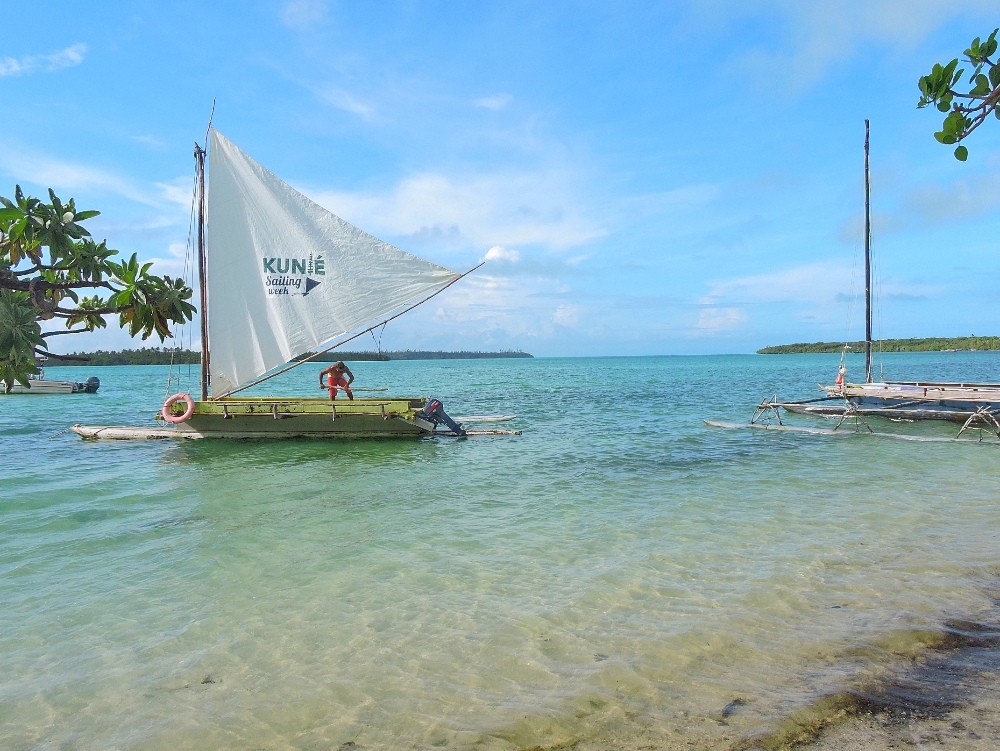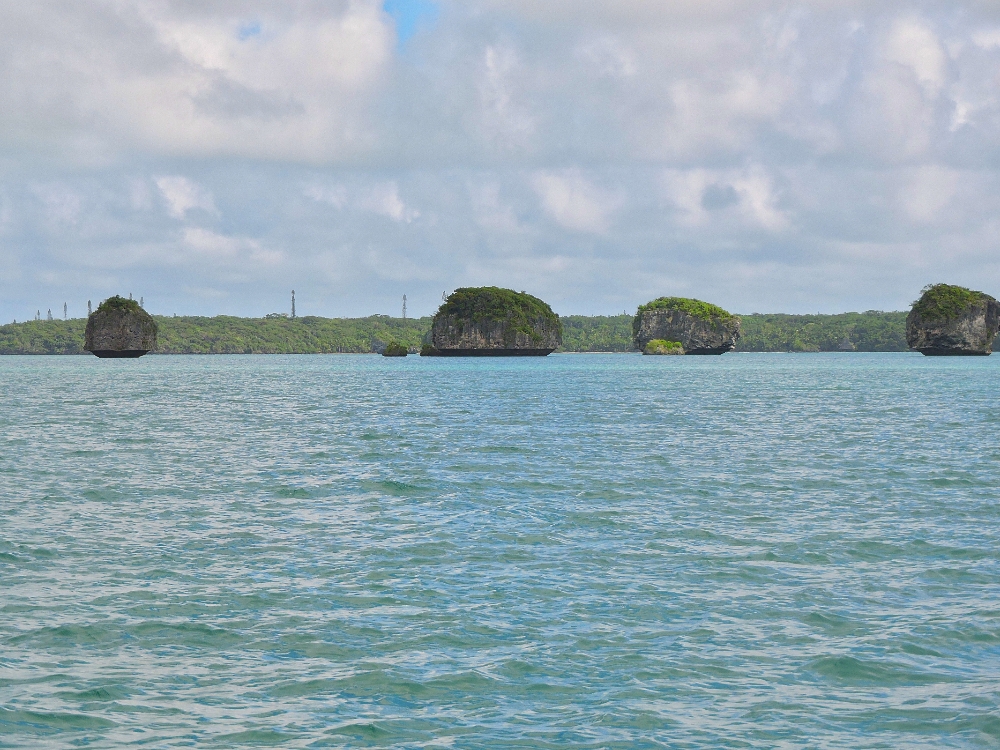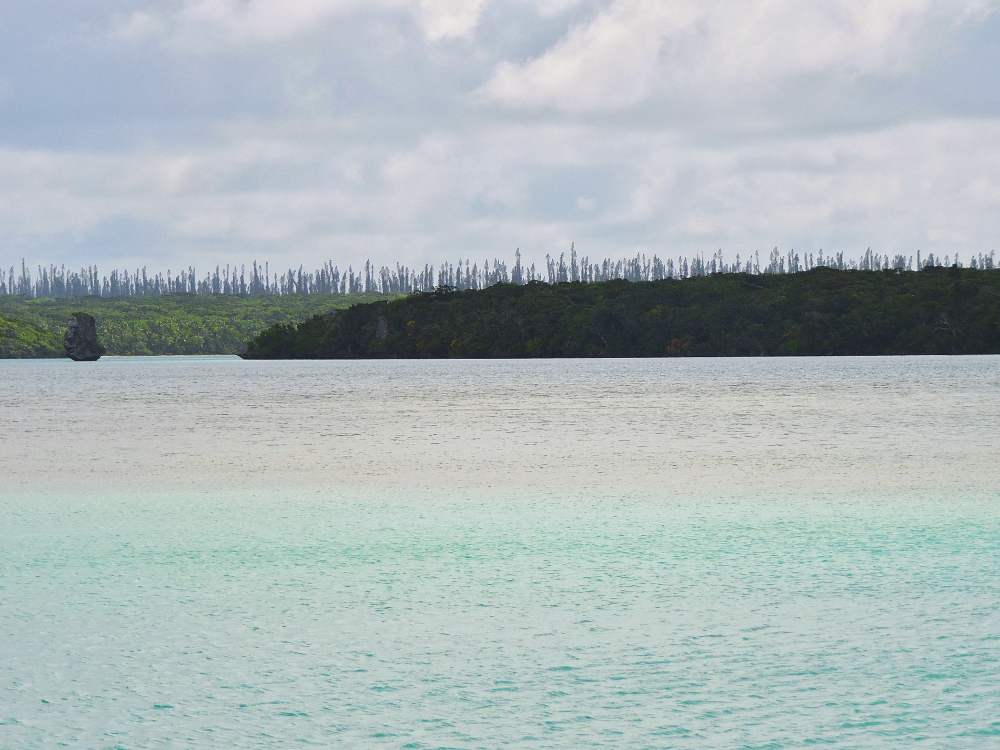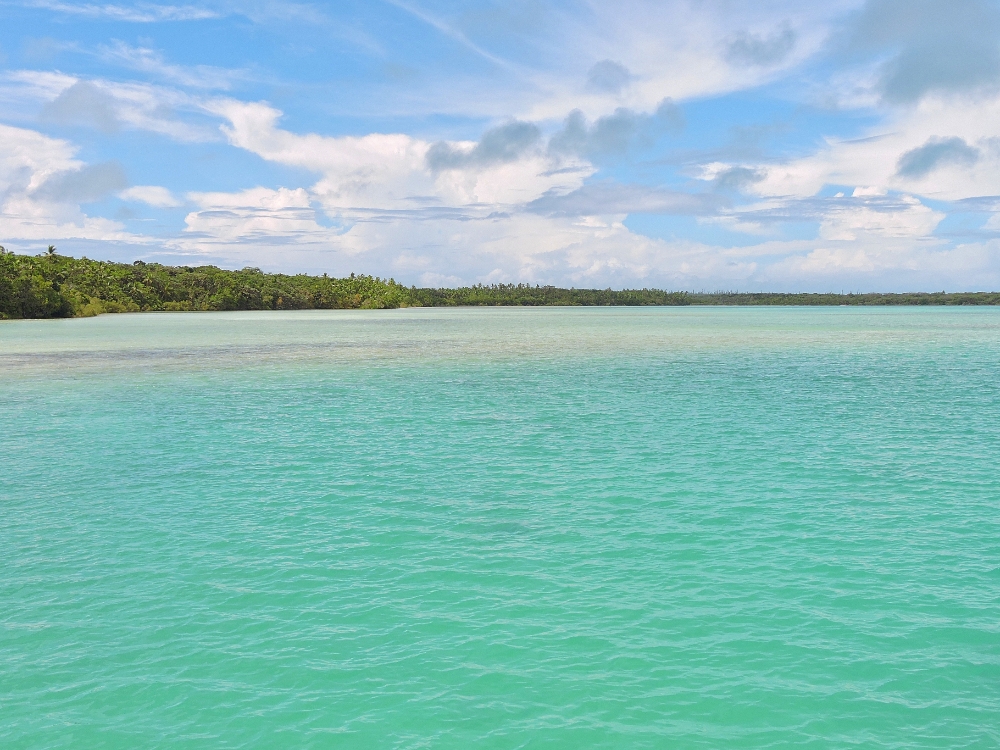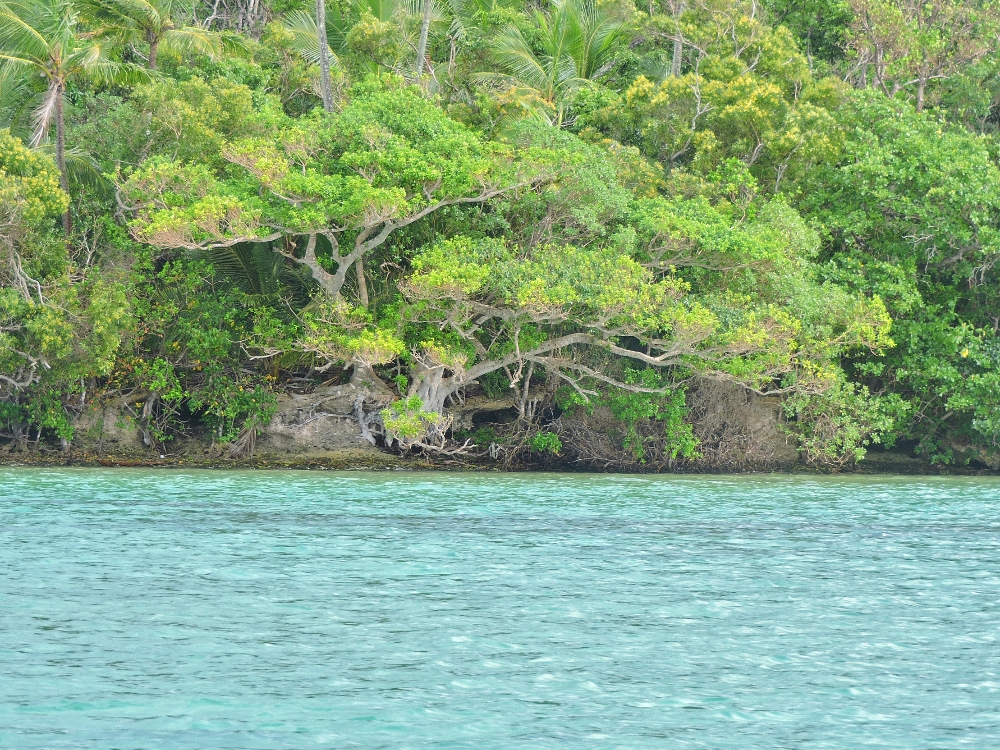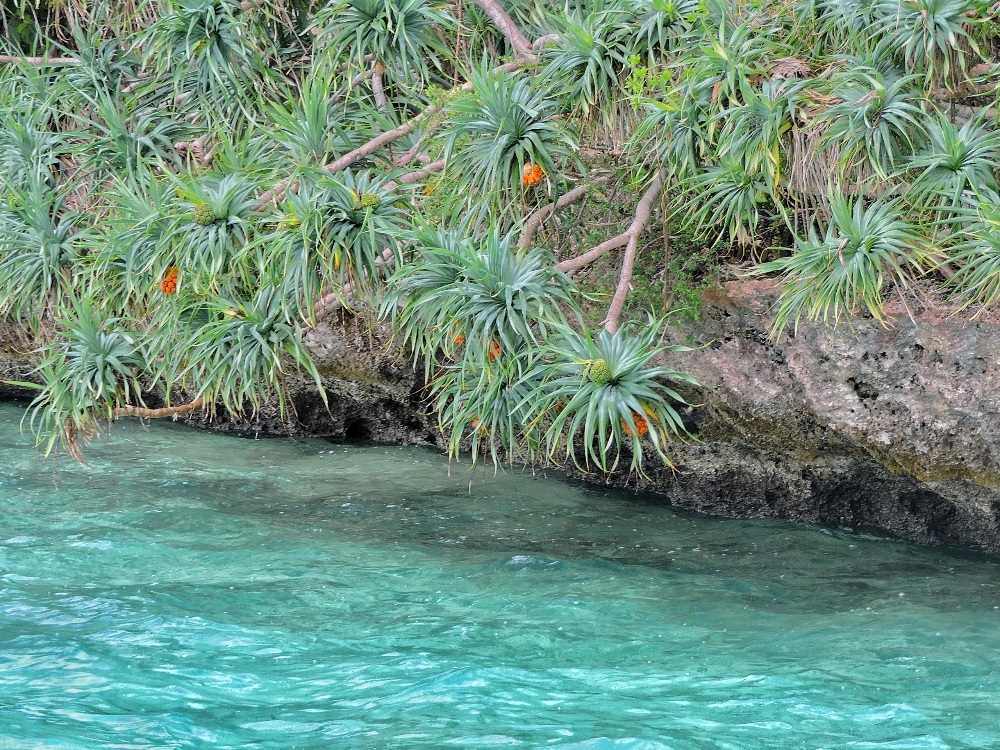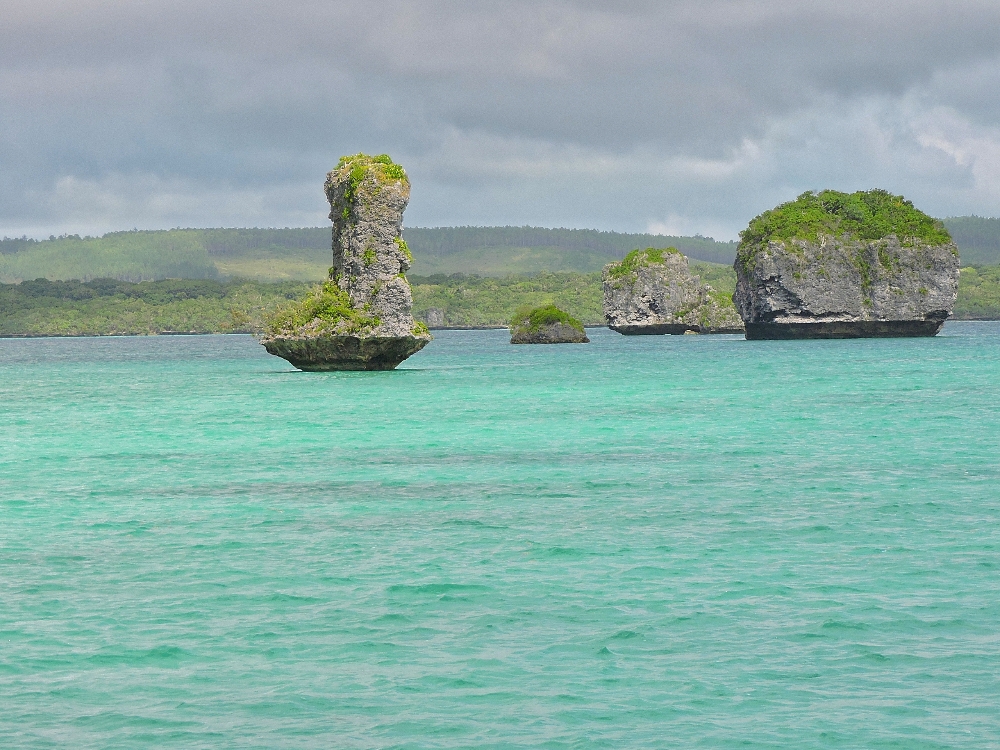When you travel around the Western Pacific region, visiting World Heritage Sites, there is an even chance that the many of the things that you would be most interested in seeing are to be found under water. That is the case with New Caledonia’s lone Site, The Lagoons of New Caledonia, and Associated Ecosystems. In the past, I would have jumped at the opportunity to see some undersea marine life, but, as with the Site I visited in Palau, the circumstances of the previous months left me less interested in going underwater for a while, and so once again I focused my attention on what could be seen from my usual position in the open air.
There are six Lagoons included in this Site, located just offshore of Grande Terre, or the country’s smaller satellite islands, and given my fairly short route around the country I had plans to visit just two of those. The Lagoons are considered special due to the very high diversity of marine life they contain. My first stop, the West Coast Lagoon, which I rode to using a short route from La Foa, turned out to be a little underwhelming. It was possible to see the rather distant turquoise waters of the primary Lagoon from high ground near the shore, however, once I was at the actual shore everything looked like a fairly typical estuary. The Associated Ecosystems
part of the Site consists of Mangroves and other types of Coastal Forests, but with only a brief stop, I couldn’t really differentiate them from Mangroves I have seen elsewhere.
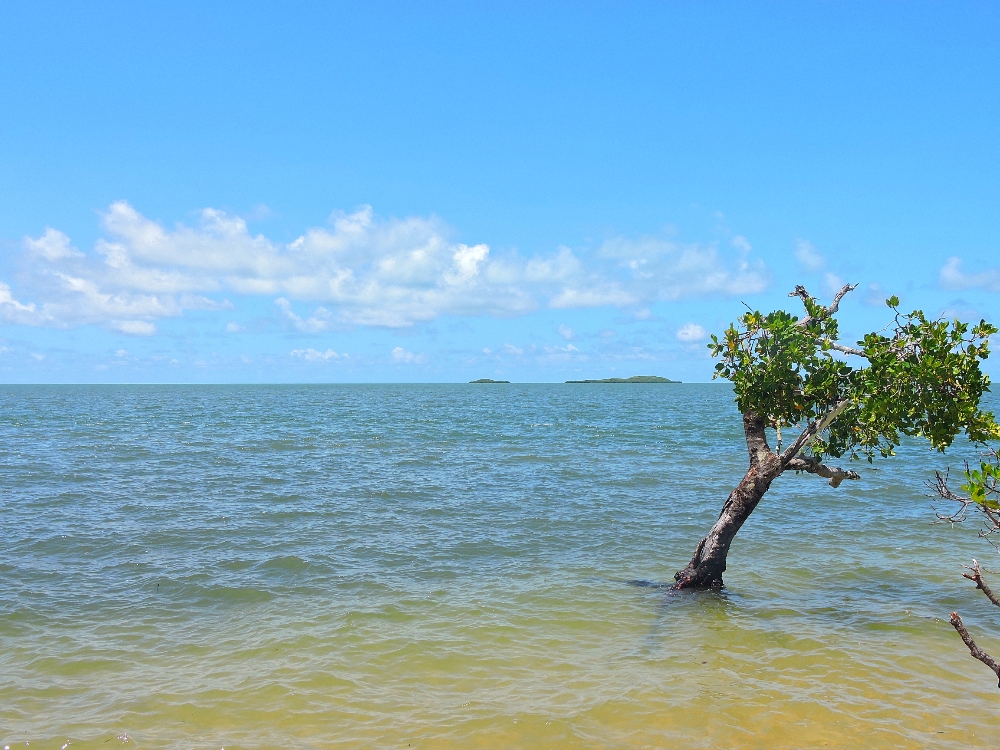
A much more worthwhile and enjoyable part of my visit came at the very end of my time in the country, which, coincidentally, also happened to be the Official final day of the World2 Tour. Specifically, this took place at Upi Bay, a shallow body of water enclosed by l’Île des Pins and smaller nearby islands. In fact, my visit began somewhat earlier, as the Ferry from Nouméa to the Island passes right through the Southern Lagoon and provided excellent views of the meeting of sea and land found there. To get a more detailed view of the Upi Bay, however, it is necessary to hire a local boatman for a couple of hours. It took the manager of the main hotel where I was staying several calls, but she finally connected me with a local guy who could take me out. So, after a pleasant ten kilometers of cycling to the launching place, I enjoyed a beautiful trip around another classic South Pacific marine system. Observations of aquatic life mainly consisted of Green Sea Turtles, which were very abundant in the Bay, but I also enjoyed seeing the plant life on the shores and islets, which appeared more uniquely New Caledonian than at my first stop. All in all, this was a relaxing and fun visit to make on the final day of the Tour.
